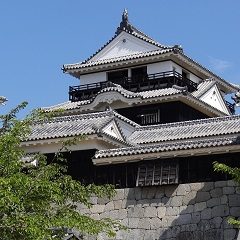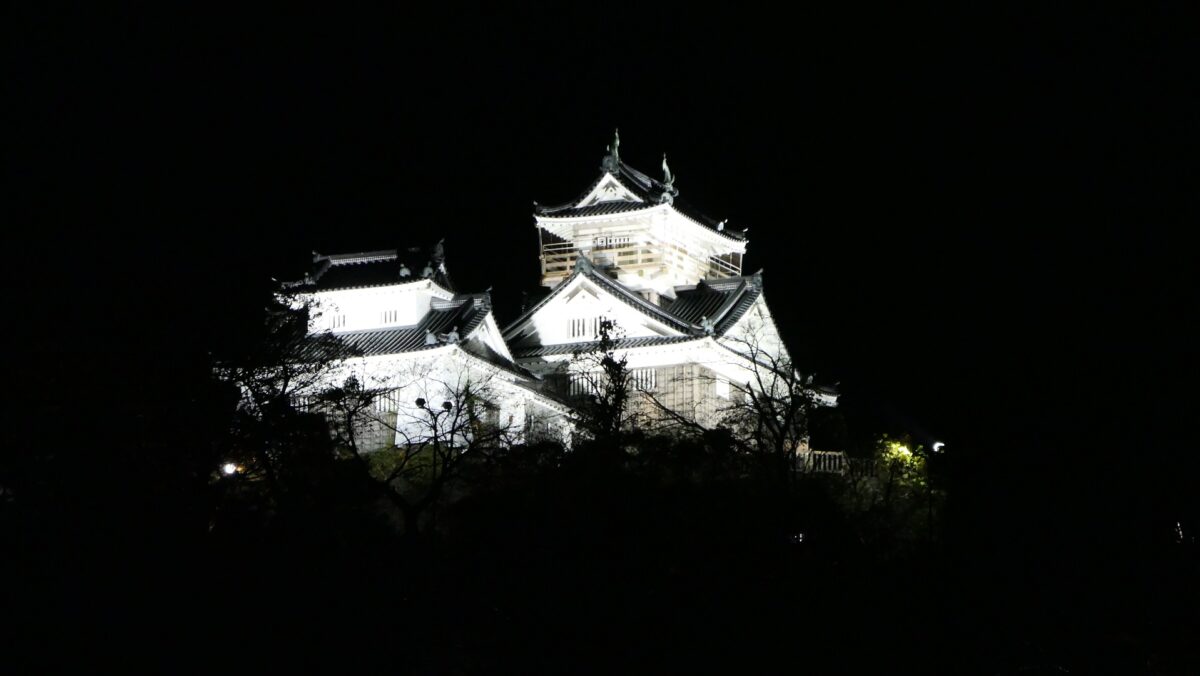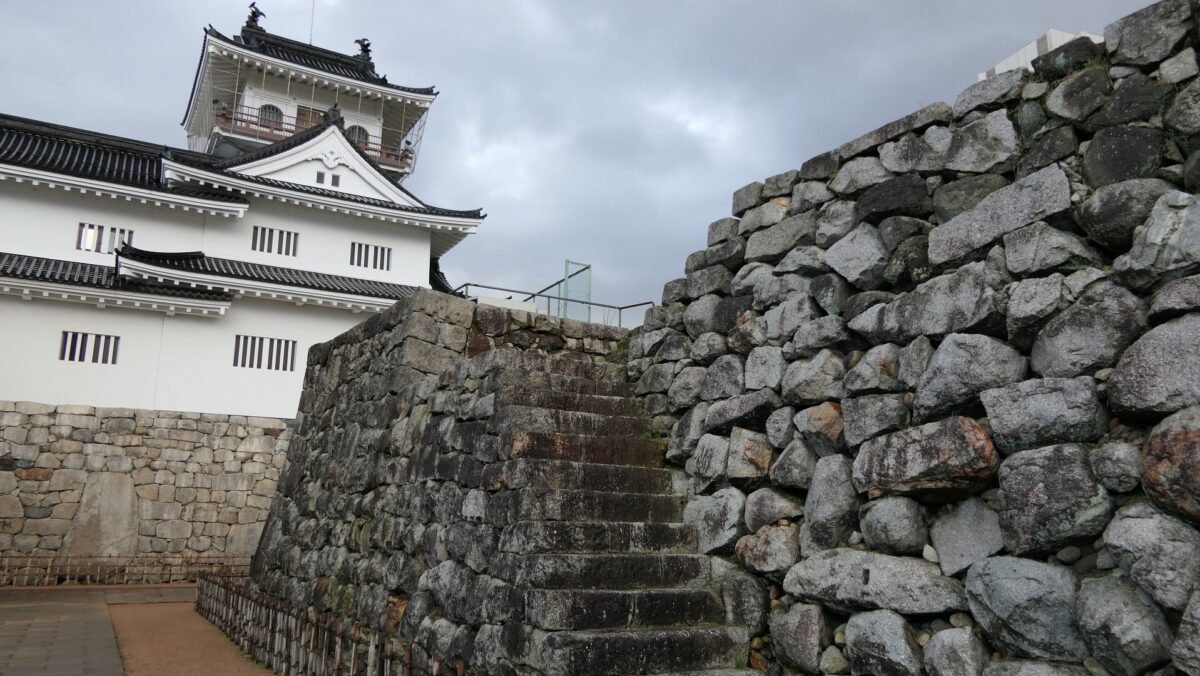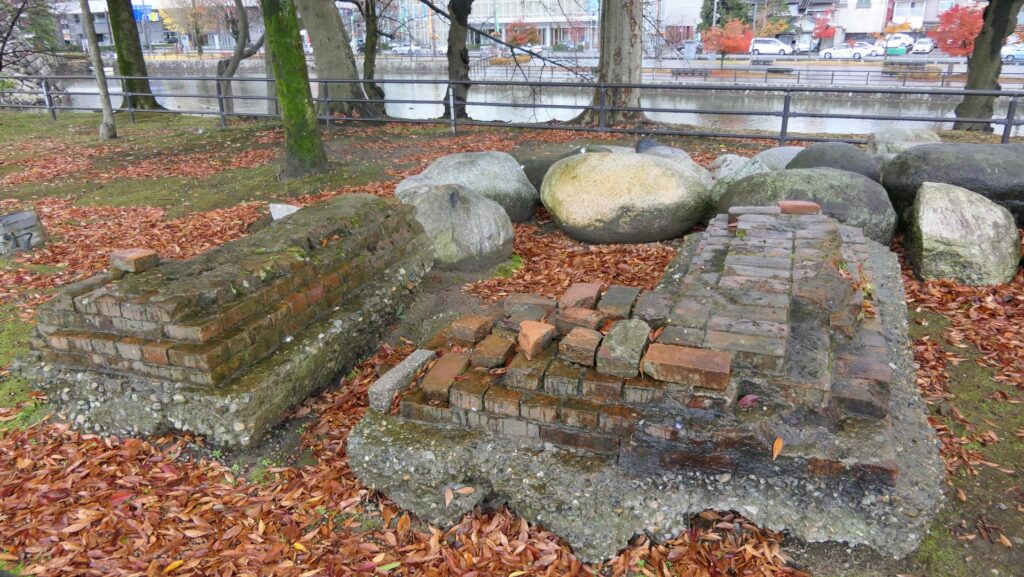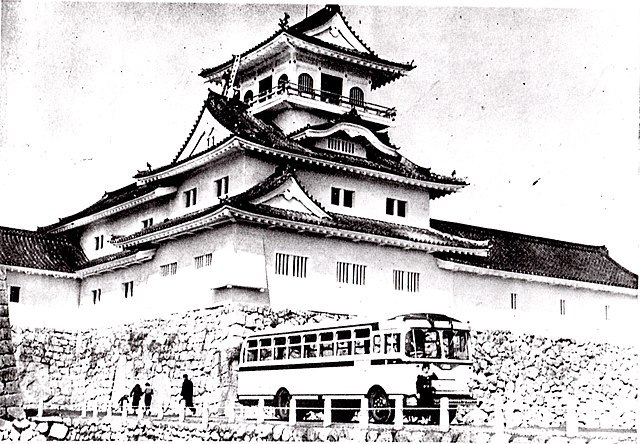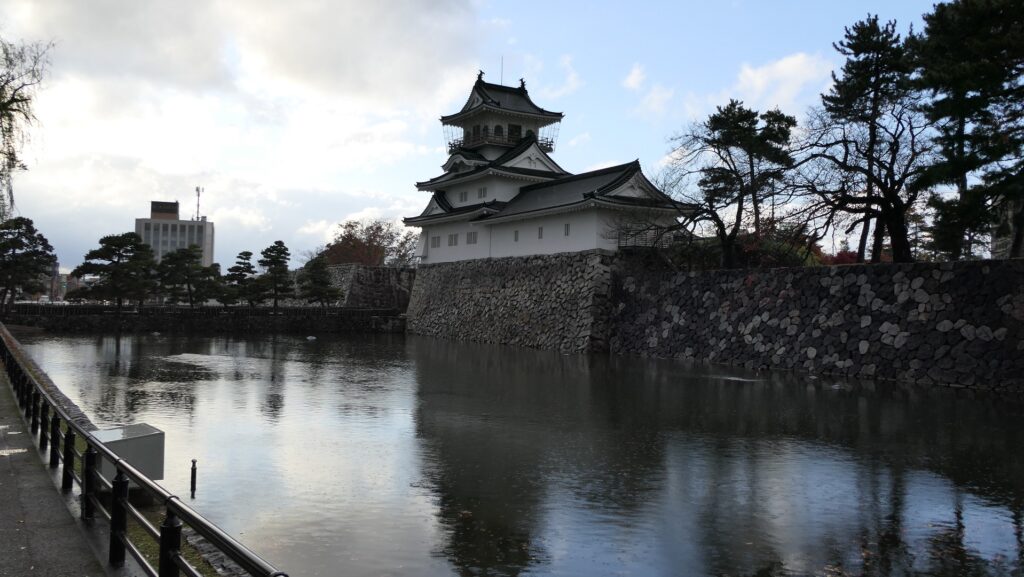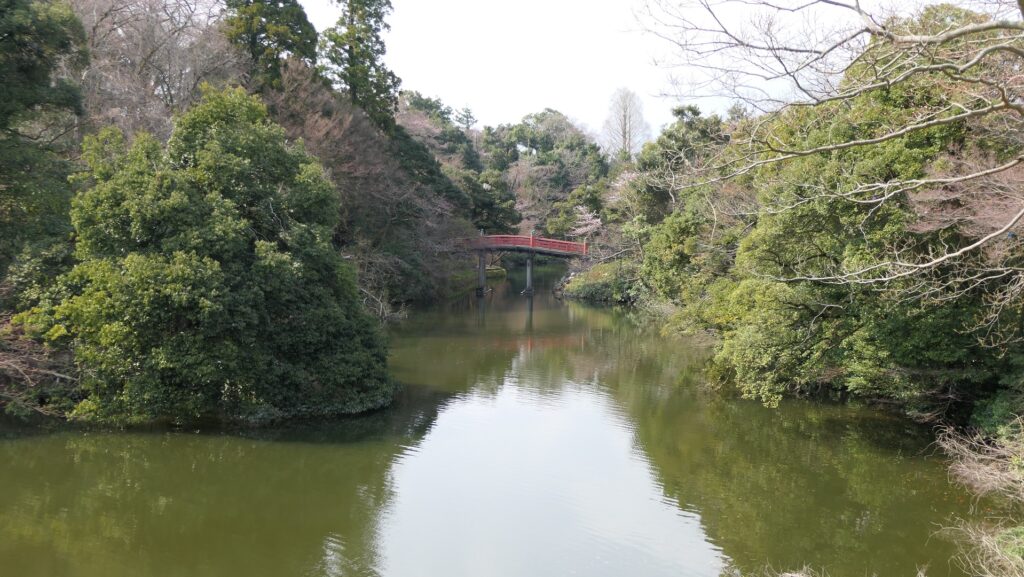Later History
After the Meiji Restoration, all the buildings of Echizen-Ohno Castle were demolished. The mountain of the castle was turned into Kameyama Park. After World War II, some castle buildings including Tenshu were rebuilt.
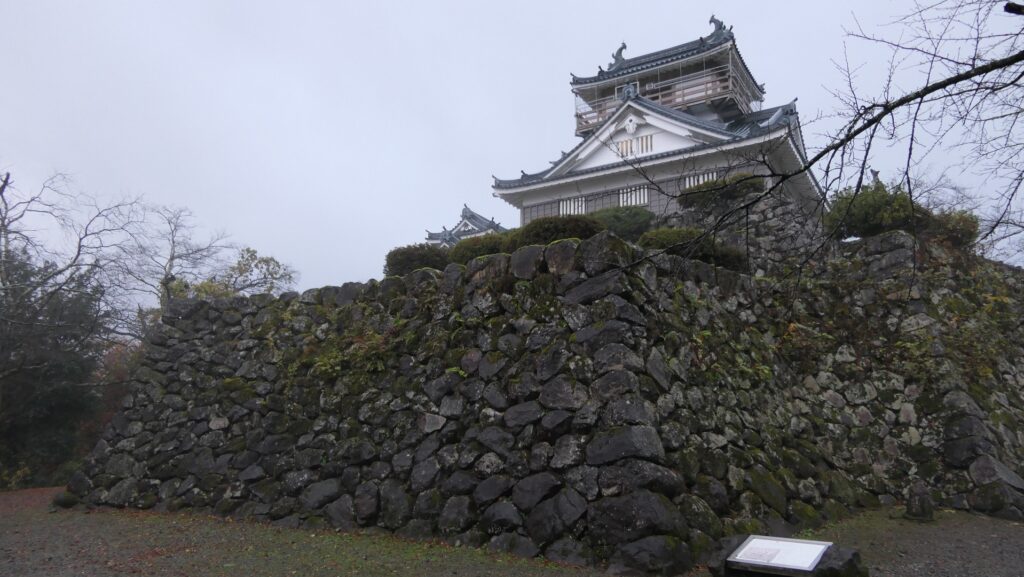
Ohno City, which now owns the castle, promotes it as “Castle in the Sky” like Takeda Castle. The meaning of Castle in the Sky is when clouds spread below the mountain, the castle on the mountain looks like its floating in the sky. If this happens while you are at Echizen-Ohno Castle, you can take a photo of the castle in the sky from Inuyama Mountain where you can see the whole view of the castle. The city also says this situation is most likely to occur in October and November. However, according to the records, the chance to see the castle in the sky happens about 10 days per a year.
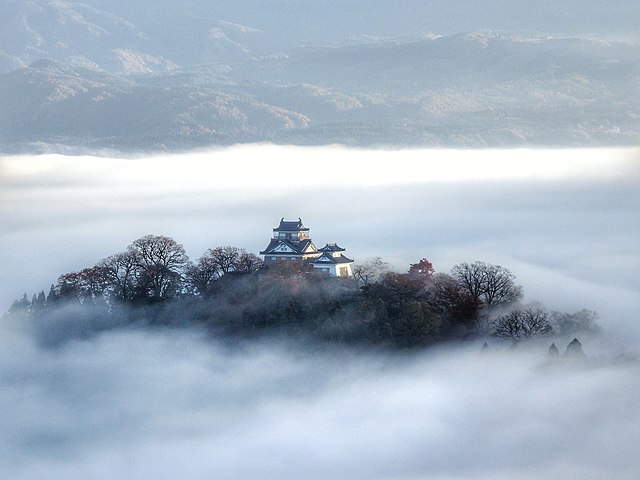
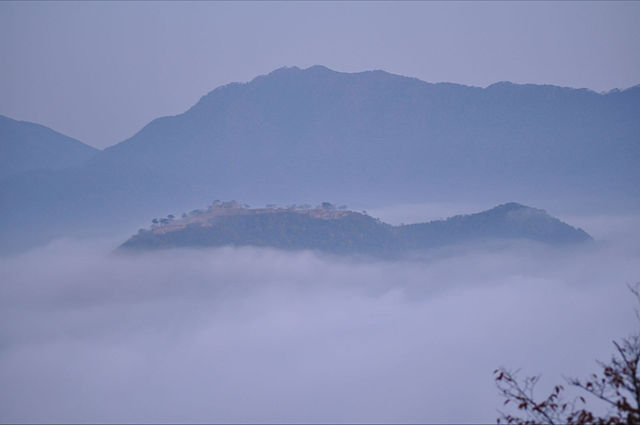
My Impression
I visited Echizen-Ohno Castle to see the castle in the sky on a day in November. The castle was open from early in the morning during the month to make it possible for visitors to see if the castle in the sky situation happens.
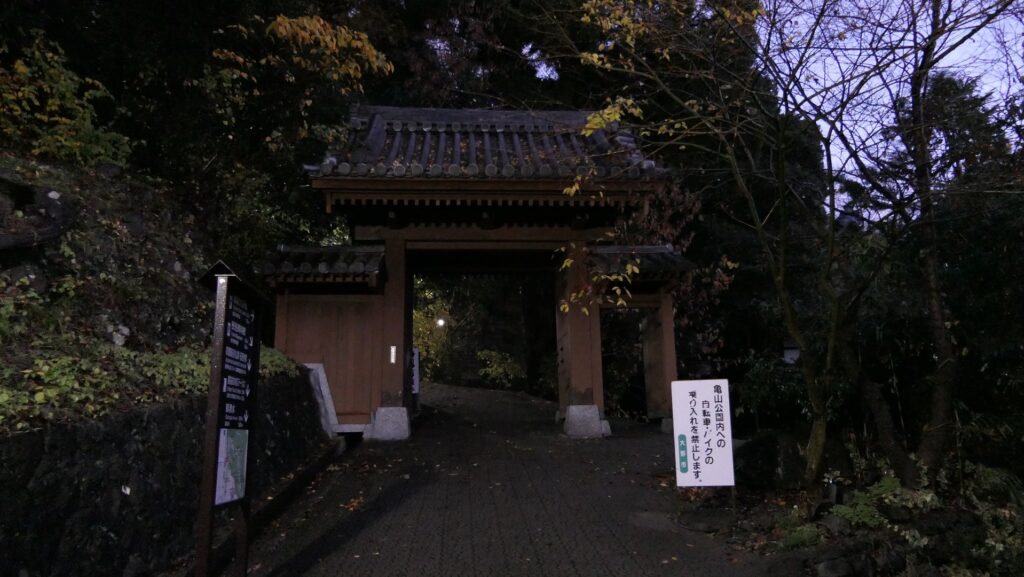
When I looked up from the top floor of the Tenshu building, the sky around the castle was very clear. Inuyama Mountain, from which you could see the castle in the sky, was rather cloudy. I realized that staying just one night is not enough. Even if the weather conditions for the castle in the sky are ideal, you cannot always see it. You may need to spend several days to see it.
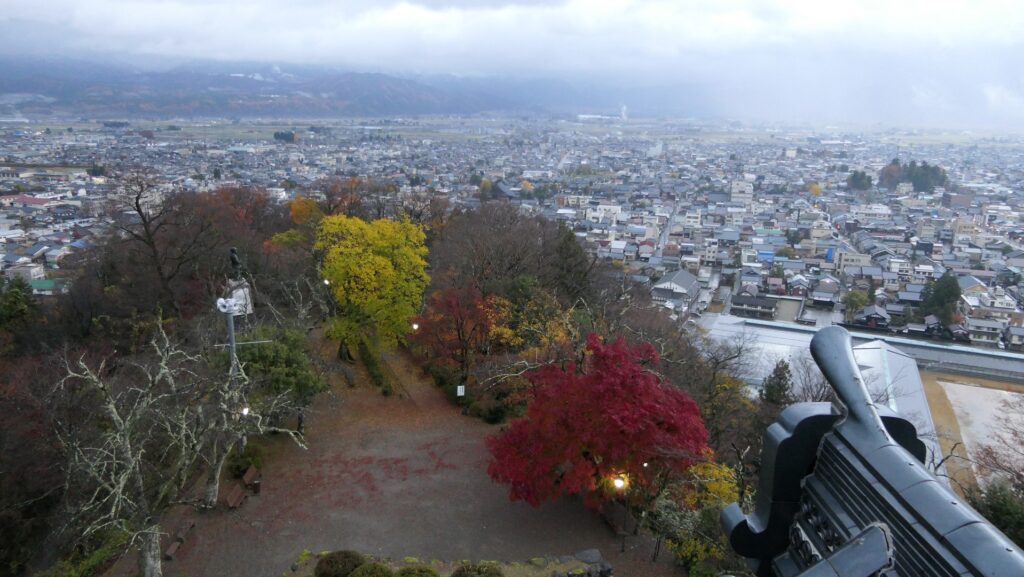
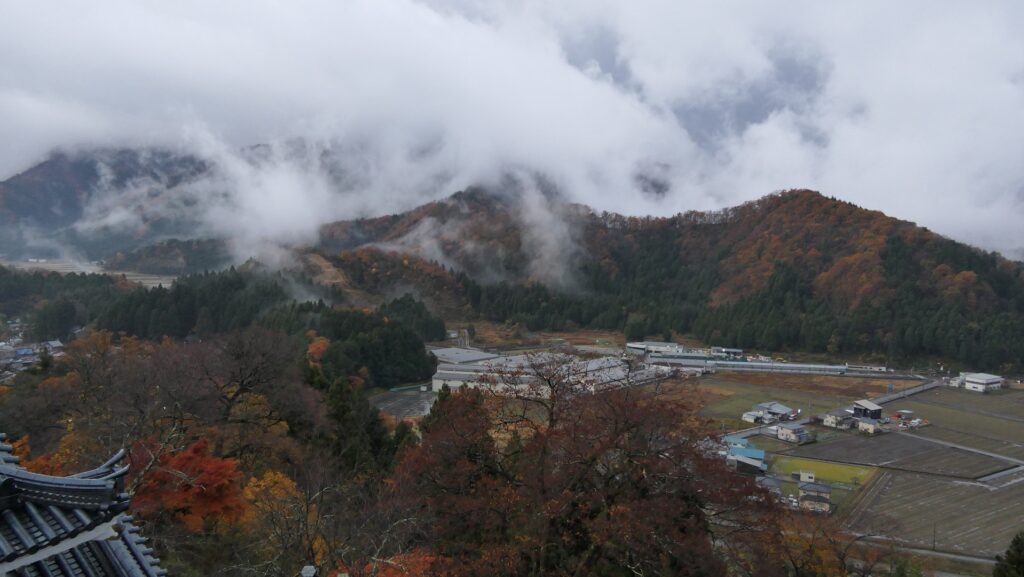
If you stay for only one night in the town, you can at least take a beautiful photo of the illuminated Echizen-Ohno Castle.
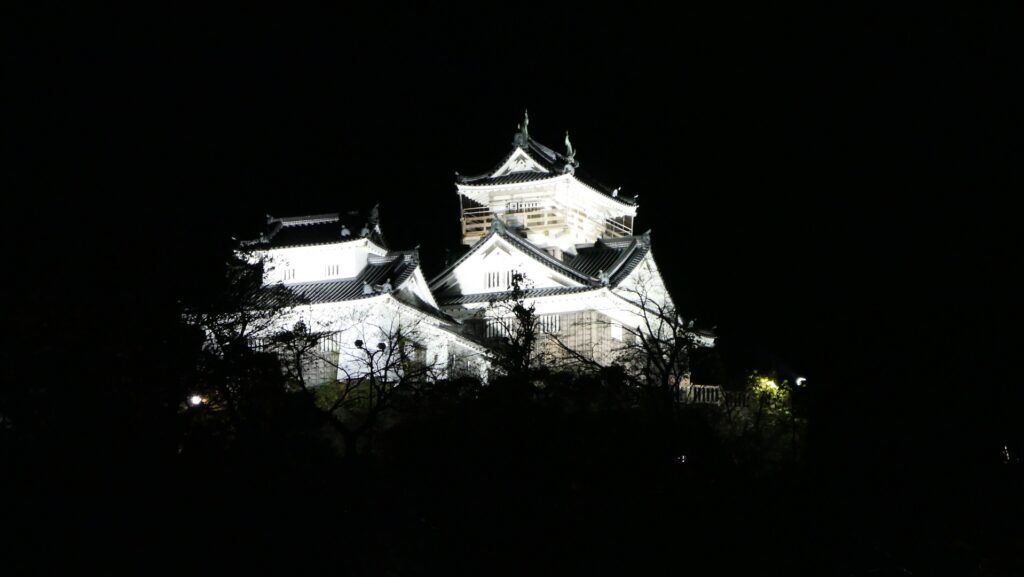
How to get There
If you want to visit there by car:
It is about 30 minutes away from Fukui IC on Hokuriku Expressway.
There is a parking lot near the entrance of the Southern Route to the castle.
By public transportation, it takes about 40 minutes walking from JR Echizen-Ohno Station.
To get to Echizen-Ohno Station from Tokyo: Take the Hokuriku Shinkansen super express, transfer to the limited express on the Hokuriku Line at Kanazawa Station, and transfer to the Kuzuryu Line at Fukui Station.
From Osaka: Take the Thunderbird limited express and transfer to the Kuzuryu Line at Fukui Station.
Links and References
・Echizen Ohno Castle Official Site
That’s all. Thank you.
Back to “Echizen-Ohno Castle Part1”
Back to “Echizen-Ohno Castle Part2”
